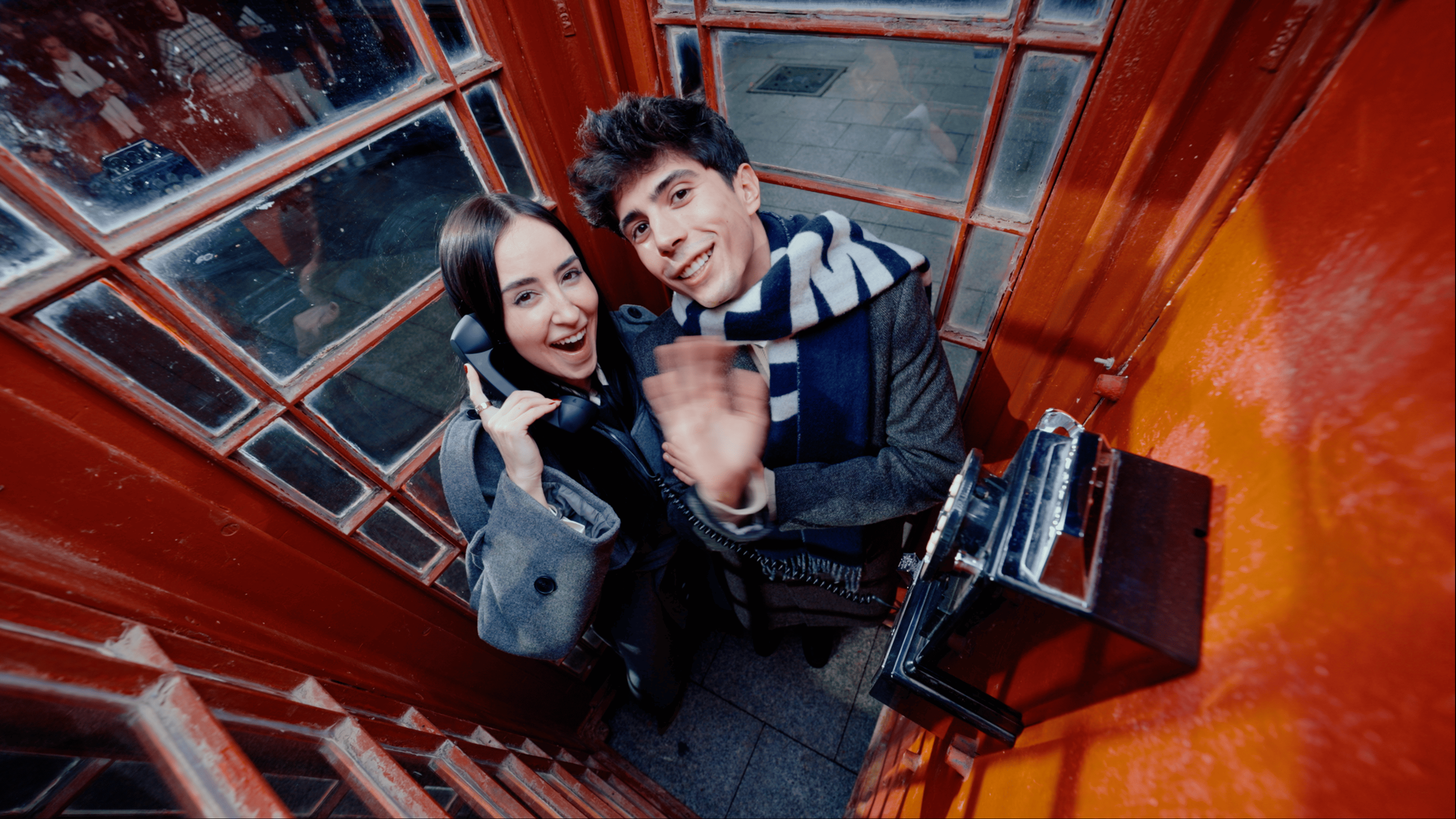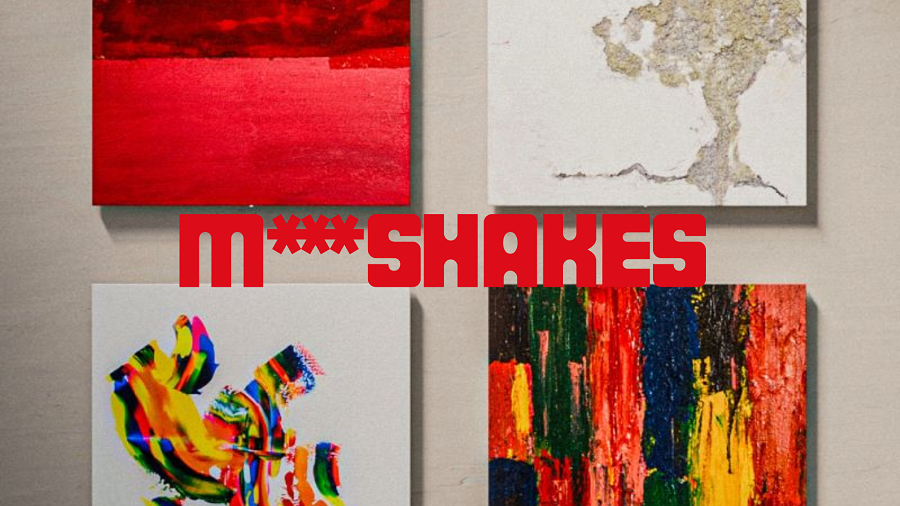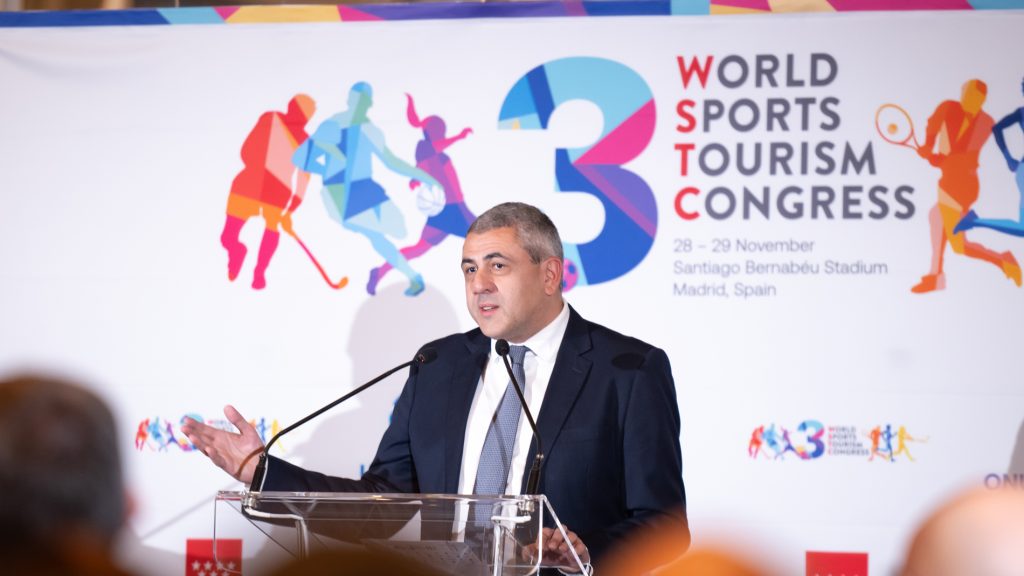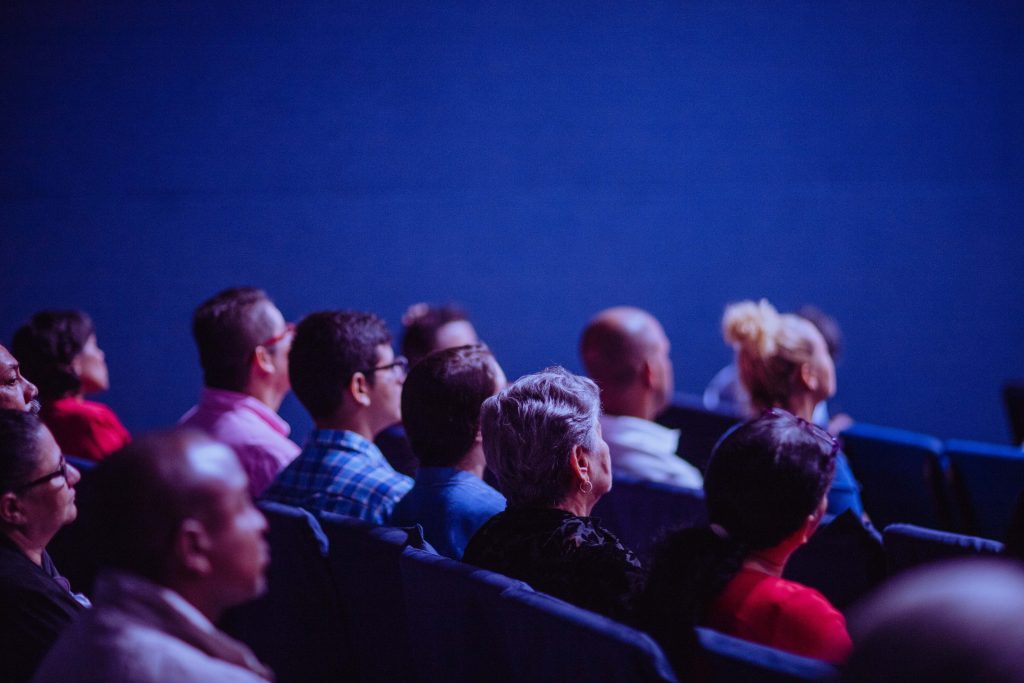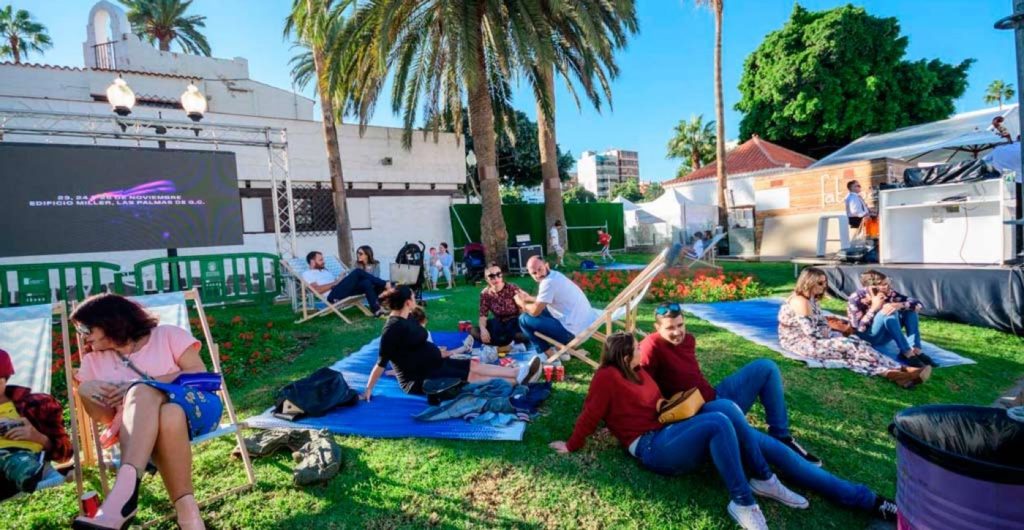
Share news
Listen
What is festivalization?
When you think about festivals, they are events many people would never miss, events to which they go back year in and year out. We have to create that same loyalty in the meetings we plan. There are some interesting best practices in the festivals industry, but what it boils down to is understanding the audience and the needs of each of them, and conceiving the experiences that will be relevant for them.
This concept has many dimensions but of course the tribal aspect of festivals comes to mind…
Yes. Indeed, what you are trying to do with a meeting is start a movement. A meeting should not last just a couple of days, we believe it should continue for the entire year. And the meeting planner has several resources for that: one is storytelling, the ability to create engaging stories which move and impact attendees; another one is cultural symbols which identify the community: colours, badges and rituals are great ways to create a community.
An example? We organized a 6,000-pax event to bring together five divisions which had never met ever before. For the opening cocktail reception, we encouraged them to wear their university t-shirt and cap. This brought people together, as you could find people who come from your university or a university you know. This is one thing we have to do: find ways to bring down barriers and create community immediately.
Should meetings explore in more detail the human, personal side of everyone, even to communicate professional content?
Yes, absolutely. I believe you can’t talk about millennials or Gen-x: there is no average human being, even if you are the same age as someone else. Your ‘persona’ is very different from others. And we need to build events which address every persona. Someone can be a different person when in a meeting and when they are home. Some people are more introverted and need time to digest information, some are more extroverted. You have to build a programme for all of them. Also, people have different learning styles, and the level of energy depending on the time of day differs person to person. So you have to accommodate these differences and use each of those as an asset to build a more meaningful outcome.
Another dimension in festivals is the multiplicity of experiences. Will this apply to conferences and meetings?
I think so, it goes back to the fact that we all look for different things. Look at EMEC: you have four learning tracks depending on your needs, and everyone can choose their experience. EMEC is the platform in which you can get the value you need as a person. You need to offer choice and let people create their own events.
Today professional events are very much based on educational sessions, speakers… will meeting planners have to handle new types of concepts tomorrow, like brand activations?
Clearly. The meeting planner of tomorrow will have to be more flexible, creative and more an experience designer than a conceiver of educational sessions. We believe every meeting aligns with and impacts the brand that organizes and sponsors it. So a meeting is a critically important thing and you have to understand attendees and build the agenda according to their specific needs. Designers rather than meeting planners are going to be successful going forward.
Will it change the format? Will we go towards large events which include many small meeting rooms and experiences outside the meeting room, “unconferencing” the event?
I think we are already seeing a bit of that, sessions conceived in different topics and formats. As an example, we know that some people learn better outdoors, so we will even include outdoor meetings. The challenge is going to be how do we keep this and still maintain cost. There are creative ways to do this.
We are an industry which is not always very good at integrating people: will psychology, sociology, learning experts be necessary?
Absolutely. We are learning more and more about human sciences, behaviours, learning styles, and this is going to be a key to unlocking the power of meetings. There will be a necessity to bring in artists, behaviour scientists, and we will have to be more holistic. Indeed, our company believes we are an experience design company which just happens to be in the meetings business. We even have a chief experience designer, Greg Bogue. In 2007 we launched the Maritz Institute and the objective was to understand and integrate human sciences in what we do. Greg was attuned to it and we asked him to turn all learnings about human sciences into things we could use to create higher impact events. So he created the Design Studio which focuses on experience design. Indeed one of our clients is the IMEX Group, whom we helped redesign the experience, giving it a much more family feel.
This requires time, investigation, early planning, contacts with attendees. Are companies ready to invest?
I think companies understand now that meetings are a significant investment which has an impact on the brand. What are we trying to achieve, what is the impression we want to leave on every guest and based on that we conceive the meeting. When we talk to clients about the fact that attendees are different, varied, they get it. They know they have to question their assumptions about meetings, and be ready to change.
Will technology, for instance to help personalize experiences?
Yes and no. It depends on the attendees, some will embrace it and use it to its full potential and get the value they need from an event in a personalized way. But we have to protect against privacy issues. But some people are still big advocates of paper and pen… but for now we have to cater to different needs and styles.
Anyway, we are surrounded by technology, and isn’t a good old conversation more valuable than ever?
Absolutely. We say “When we meet, we change the world” and I see when I come to a meeting, I get stimulated, challenged by conversations in a way we are not just by reading emails. There is something unique, challenging and stimulating about face to face.


